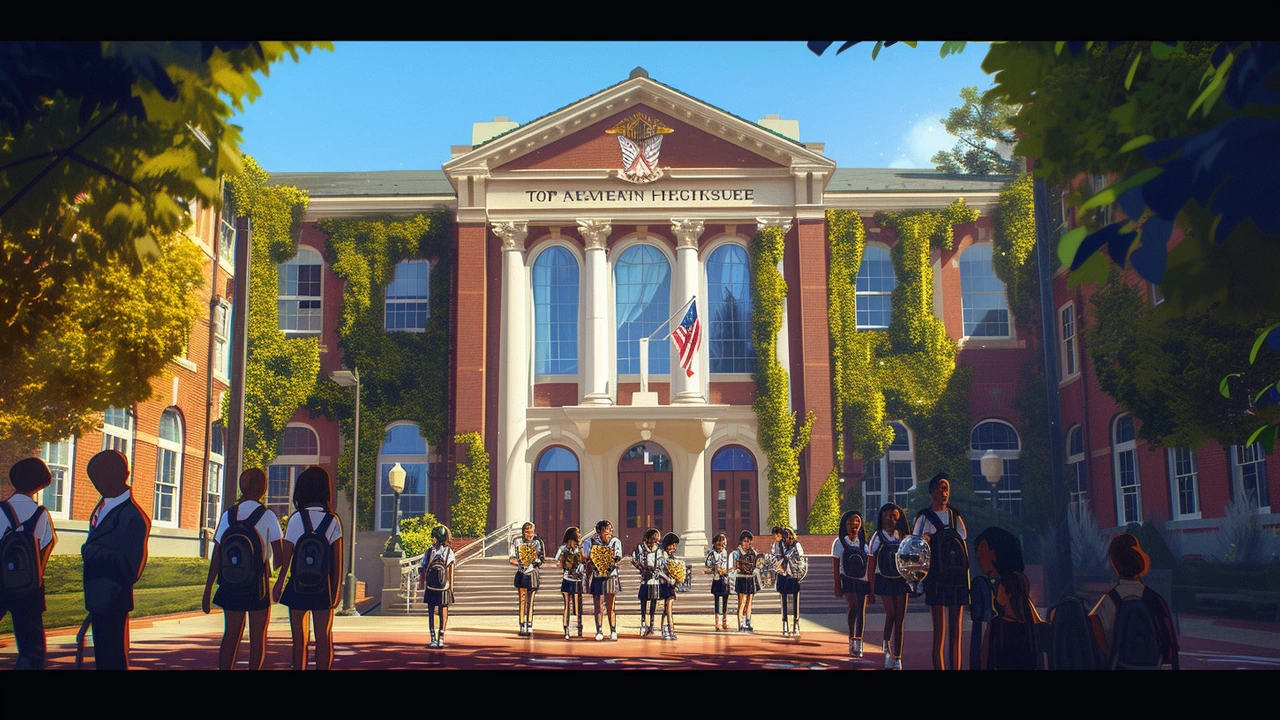School Performance Comparison: Making Sense of the Differences
It’s wild how much a school’s performance can change your whole experience. Ever wonder why some high schools have packed AP classes, while others barely offer the basics? Comparing school performance isn’t just about test scores—think about graduation rates, class sizes, clubs, even how happy students feel walking the halls.
Want to see what really sets one school apart from another? Academic results matter, for sure. Some schools push top-level science and math, giving students a jump on college or STEM careers. Others might shine in sports, music, or art—great if your kid is a future athlete or musician. Dig into the specifics: are kids getting accepted into strong colleges? Do teachers stick around, or is there a new face every year?
Class size makes a huge difference. Smaller classes usually mean more one-on-one attention—no slipping through the cracks. Schools known for big athletic teams or competitions may have more spirit but sometimes less focus on academics. Sometimes, the most popular schools get that way not because of better teaching, but because folks just like the vibe or the building is in a fancy zip code.
Don’t forget about programs like AP, IB, or career-focused tracks. If you see a school where half the juniors take AP classes—and actually pass the exams—that’s a legit sign the teaching is working. But if most kids are struggling, or the toughest courses have five people in them, ask why. Honest schools will be up front about what they do best and where they’re still figuring things out.
What if you care more about student happiness than grades? Look for surveys or even TikTok videos where students talk about their days. Did you know some schools now share stats about students’ stress or well-being? That says a lot about the pressure level and how teachers treat students. If you can, go to an open house or check school review sites—real stories from real students and parents spill more than official rankings ever will.
School culture is another biggie. Are there afterschool clubs for every kind of interest, or just the standard few? Does the student body feel like a close community, or do new kids have trouble fitting in? Simple stuff like how easy it is to get help from teachers can change everything. If you’re comparing Bel Air High with another school, see how teachers communicate and how staff handle problems—those everyday things make a bigger difference than you’d expect.
If you want a real comparison, draw up a checklist: academics, activities, student support, real talk from students, and future opportunities. Ask for hard facts on test results, programs, and college admissions, but also trust your gut—if a place feels right, that counts. No school is perfect, but knowing exactly what matters most for your family makes the choice way less stressful.

Discover where the nation's top high schools stand and what makes them excel. Analyze key factors contributing to their success and how they measure up against each other. Gain insights into unique educational approaches and how these prestigious institutions set the bar for excellence. Whether you're a parent, student, or educator, this comprehensive look at high-ranking high schools offers a valuable perspective on the upper echelon of secondary education.
- Read More